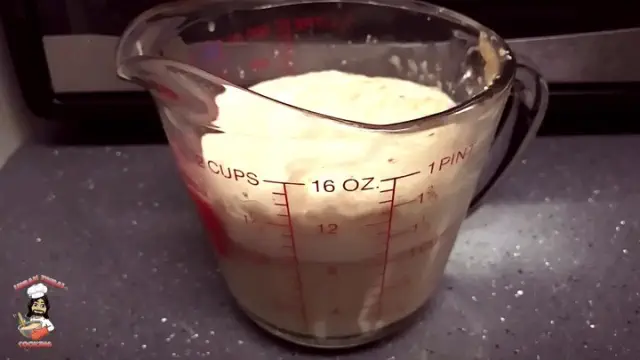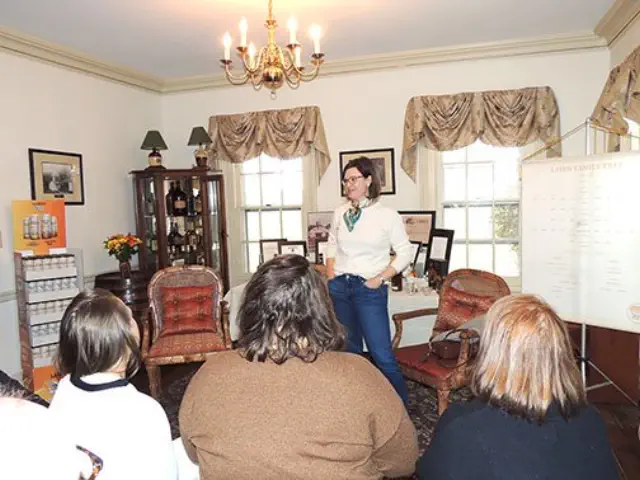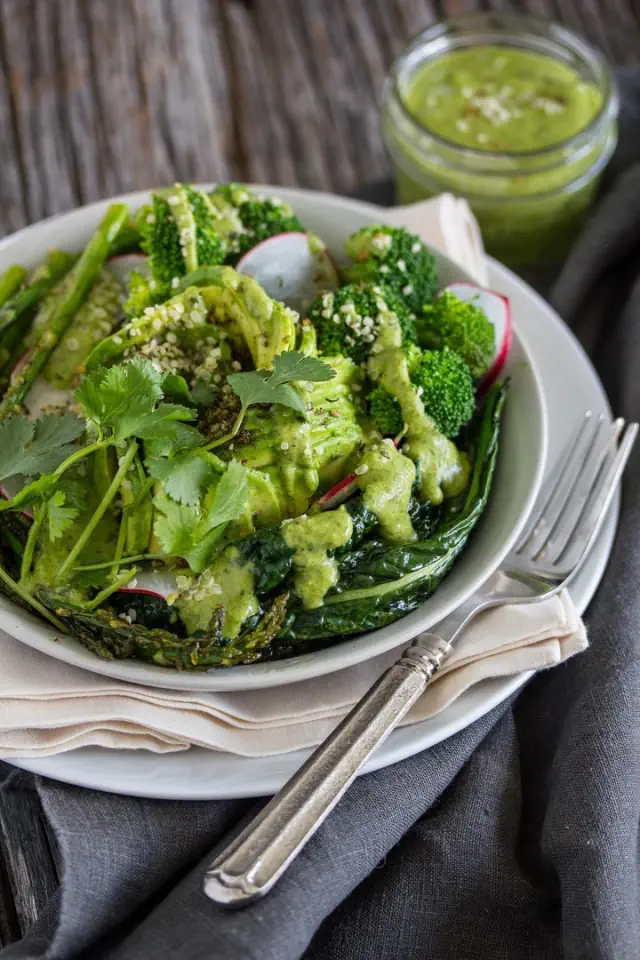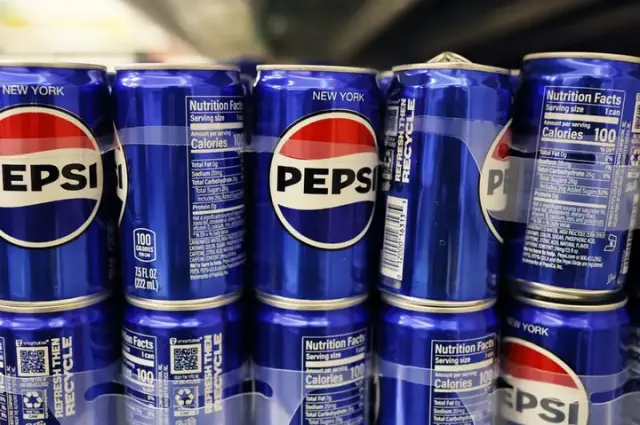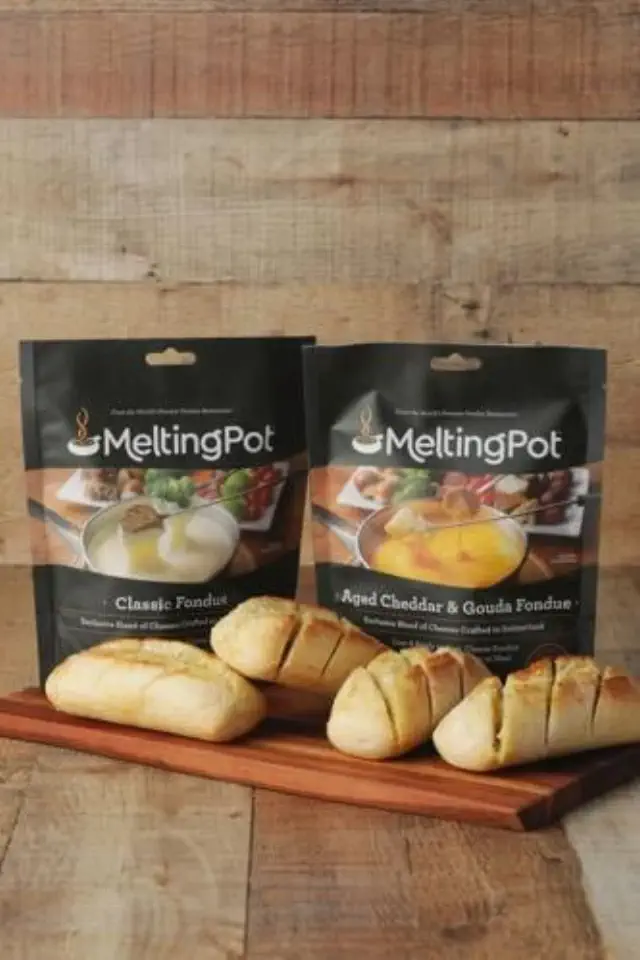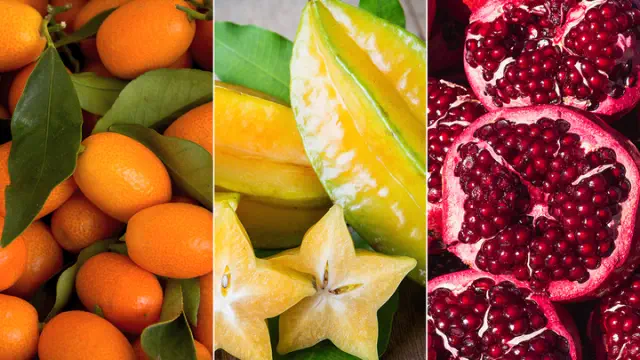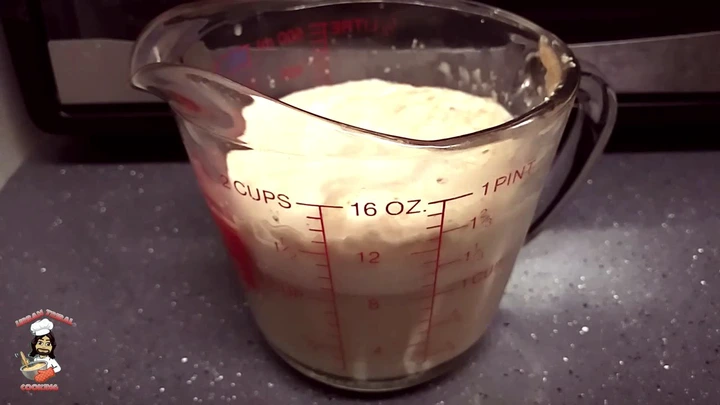
View pictures in App save up to 80% data.
Hello dear nieces and nephews! Tonight, I want to share a fundamental baking tip that’s essential for making bread: ensuring your yeast is active before mixing it with flour and other ingredients. One of the most frequent pitfalls in bread baking—whether you're using a bread machine or kneading by hand—is using inactive yeast. To prevent this, follow this straightforward guideline: many bread machines instruct you to simply add all the ingredients and press start. If you’re using fresh yeast, this usually does the trick. However, if you’re like me and tend to buy in bulk or don’t use it all right away, it’s wise to check if your yeast is still viable before you begin.
What Does It Mean to Proof Yeast?
In the process of baking, proofing—often referred to as proving—is a crucial phase in preparing yeast for bread and various baked items. This involves allowing the dough to rest and rise one last time prior to baking. Throughout this resting phase, the yeast ferments the dough, generating gases that serve to leaven it.
Conversely, proofing or blooming yeast (distinct from proofing dough) involves the initial step of dissolving yeast in warm water, which is essential for hydrating active dry yeast during baking. Additionally, proofing can denote the method of assessing the effectiveness of dry yeast by mixing it with warm water and sugar. If the yeast is active, it will consume the sugar and generate a noticeable foam layer atop the water mixture.
Fermentation rest periods may not always be clearly labeled in recipes, often simply referred to as "Let the dough rise." When they are specified, you might see terms like "bulk fermentation," "first rise," "second rise," "final proof," and "shaped proof." It's worth noting that some of these terms are more commonly found in traditional recipes.
Using a sourdough starter involves a feeding and awakening process, but that's a topic for another video.
I appreciate you tuning in! If you enjoyed the video, please hit that thumbs up button. If you're interested in becoming part of our community, go ahead and subscribe, and remember to tap the bell icon for updates. Feel free to share this video with your friends! And if you have a recipe you'd like to see me try, drop it in the comments below.
Thanks once more for tuning in!
The City Cook
